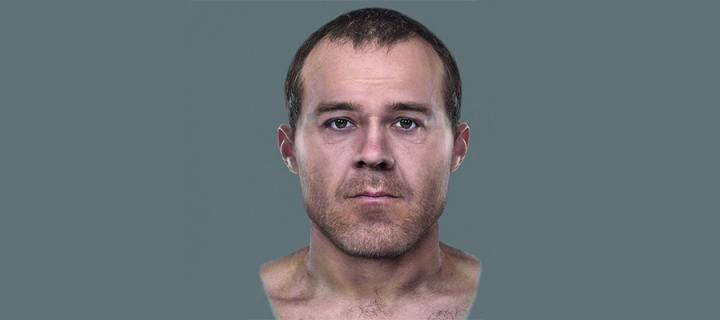Forensic team reveals killer’s face
The face of a 19th century killer has been recreated using forensic techniques and is on display in a new exhibition.
John Howison – known as the Cramond murderer - brutally killed an Edinburgh woman and was hanged for his crimes in 1832.
His body was donated to Edinburgh Medical School for dissection, where his skeleton has remained on display in the University’s Anatomical Museum.

Killer exhibit
Now experts from the University and Edinburgh City Council have used facial reconstruction techniques to create a life-like profile of the killer from his remains.
The mug shot is on display in the Maltings Interpretation Centre in Cramond, Edinburgh, along with a replica of the killer’s skull.
Landmark case
Howison’s case set two legal landmarks. He was the last British criminal to be sentenced to public dissection before the Anatomy Act was passed in 1832 prohibiting the practice.
He was also the first defendant to plead not guilty by reason of insanity.
Insanity plea
An eyewitness account recalled his strange behaviour in the time before the murder. He was seen brushing away imaginary flies from his hands and sprinkling salt over his bed to ward off what he claimed were supernatural enemies.
The researchers believe that in modern times he would have been recognised as suffering from schizophrenia.
A reconstruction like this, even with a measure of artistic license, helps us to increasingly appreciate and understand our museum collection and the significant role it has played in our city's history.
Related links
Maltings Interpretation Centre

